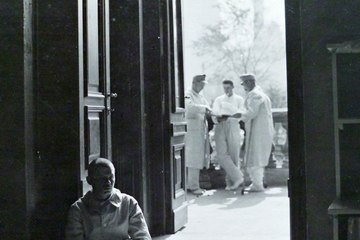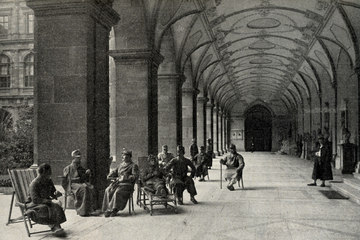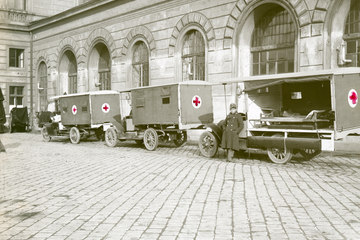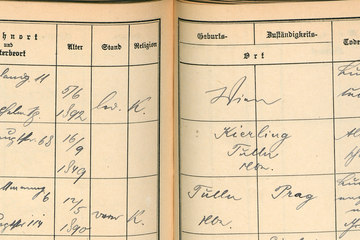Wounded transports, food and care
As soon as mobilisation started, there was a shortage of means of transport, most of which was requisitioned by the army. This problem also affected the transport of the sick in the city. Some hospitals had their own railway siding and in other cases trams were increasingly used.






